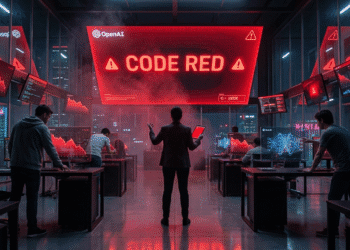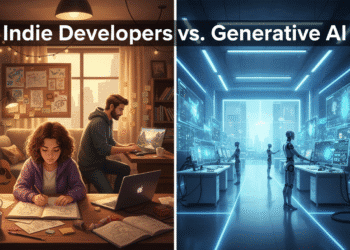Artificial intelligence has made leaps and bounds in recent years. Yet, sometimes it stumbles in surprising ways. A recent incident involving Google’s AI search tool highlights a troubling issue: AI systems spreading misinformation while sounding utterly convincing.
The Kyloren Syndrome Hoax Resurfaces
Back in 2017, a neuroscience writer known as Neuroskeptic pulled a clever prank to expose flaws in scientific publishing. They invented a fake medical condition called “Kyloren syndrome” and wrote a satirical paper titled “Mitochondria: Structure, Function and Clinical Relevance.” The paper was deliberately nonsensical, designed to see if predatory journals would publish it without proper peer review. Unsurprisingly, it was accepted by several journals, highlighting a serious issue in the academic world.
Fast forward to today, and Google’s AI search tool has presented Kyloren syndrome as a genuine medical condition. When users searched for it, the AI didn’t just mention the syndrome—it provided detailed medical information. It described how the non-existent condition passes from mothers to children through mitochondrial DNA mutations. All of this was completely fabricated.
“I’d honestly have thought twice about doing the hoax if I’d known I might be contaminating AI databases, but this was 2017. I thought it would just be a fun way to highlight a problem,” Neuroskeptic remarked in light of the AI’s error.
AI’s Struggle with Context and Misinformation
What’s alarming is how the AI cited the very paper that was meant as a joke, without recognizing its satirical nature. A regular Google search immediately shows that the paper was a parody. The AI, however, missed this obvious context.
This incident underscores a significant flaw in AI systems: they often lack the ability to understand nuance and context. They process vast amounts of data but can fail to distinguish between credible information and satire or misinformation.
Other AI search tools handled the query differently. For instance, Perplexity AI avoided citing the bogus paper altogether. Instead, it veered into discussing the Star Wars character Kylo Ren’s potential psychological issues—a humorous but harmless diversion.
Similarly, ChatGPT was more discerning. It noted that “Kyloren syndrome” appears “in a satirical context within a parody article titled ‘Mitochondria: Structure, Function and Clinical Relevance.'”

The Need for Transparency and Accountability in AI
Google’s mishap raises important questions about the reliability of AI-generated information. If AI tools can present fictional content as fact, how can users trust the information they receive? This is especially critical in fields like medicine, where misinformation can have serious consequences.
When approached about error rates in their AI search results, companies like Google, Perplexity, OpenAI, and Microsoft remained tight-lipped. They didn’t confirm whether they systematically track these errors. Transparency about error rates and the methods used to mitigate misinformation would help users understand the limitations of AI technology.
AI systems need better mechanisms to detect and flag potential misinformation. Incorporating context recognition and cross-referencing with trusted sources could reduce the spread of false information. Until then, users should remain cautious and verify AI-generated information with reliable sources.
Conclusion
The Kyloren syndrome incident is a stark reminder that while AI technology has advanced, it is not infallible. Misinformation can easily slip through the cracks, especially when AI lacks the ability to understand context and satire. As users, we must stay vigilant and critical of the information presented to us. Developers and companies behind these AI tools have a responsibility. They must enhance the ability of these tools to discern fact from fiction.









